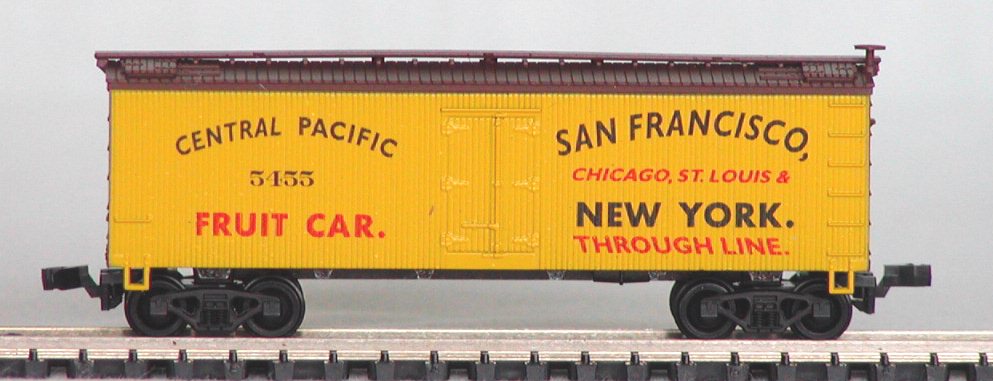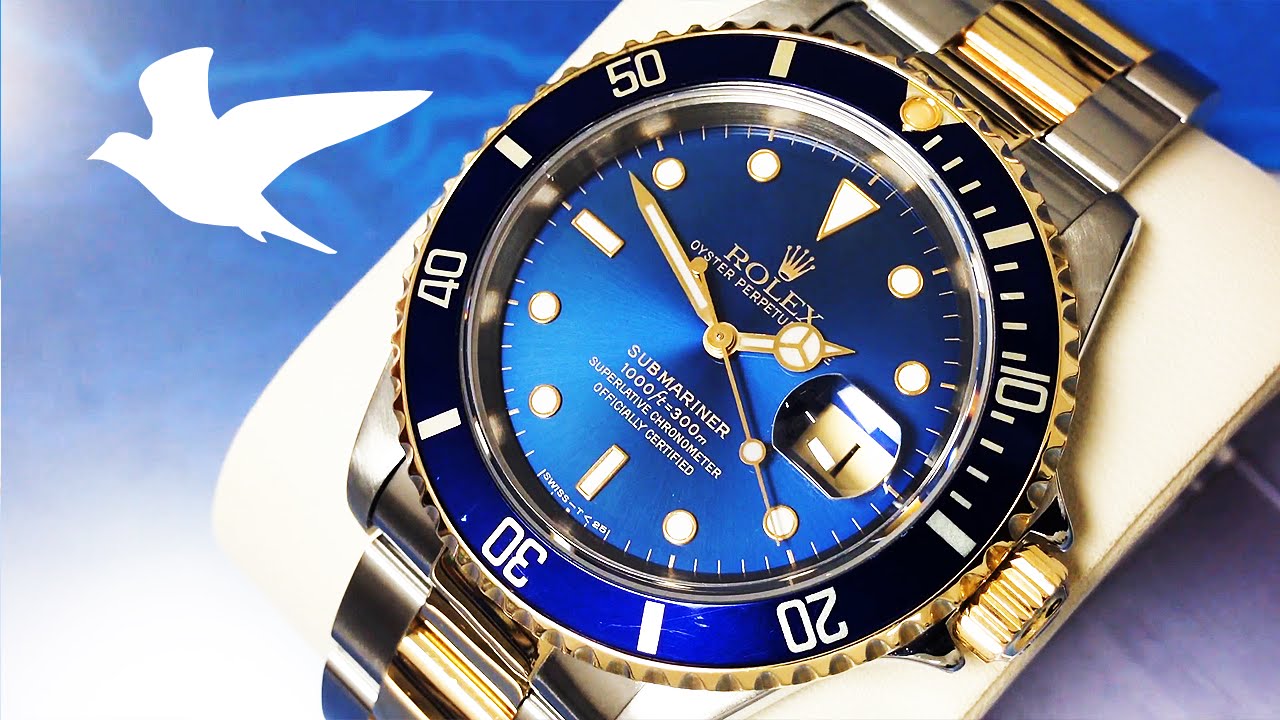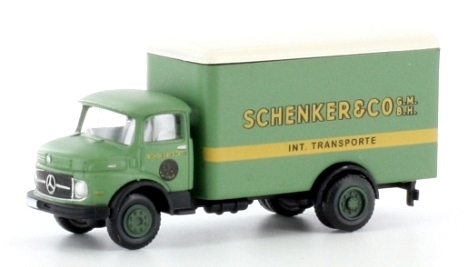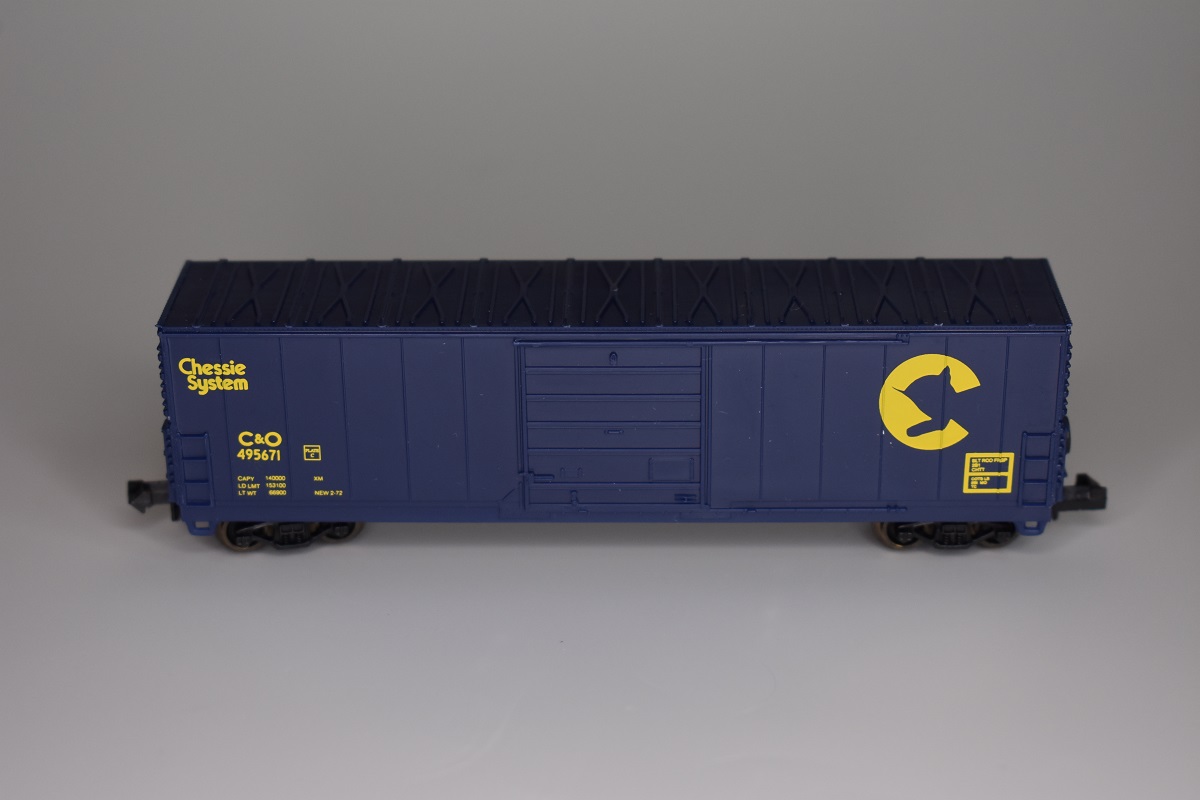Specific Item Information: MDC Roundhouse model decorated by The Freight Yard.
Prototype History: During the mid-19th century, attempts were made to ship agricultural products by rail. As early as 1842, the Western Railroad of Massachusetts was reported in the June 15 edition of the Boston Traveler to be experimenting with innovative freight car designs capable of carrying all types of perishable goods without spoilage. The first refrigerated boxcar entered service in June 1851, on the Northern Railroad (New York) (or NRNY, which later became part of the Rutland Railroad). This "icebox on wheels" was a limited success since it was only functional in cold weather. That same year, the Ogdensburg and Lake Champlain Railroad (O&LC) began shipping butter to Boston in purpose-built freight cars, utilizing ice for cooling.
The first consignment of dressed beef left the Chicago stock yards in 1857 in ordinary boxcars retrofitted with bins filled with ice. Placing meat directly against ice resulted in discoloration and affected the taste, proving to be impractical. During the same period Swift experimented by moving cut meat using a string of ten boxcars with their doors removed, and made a few test shipments to New York during the winter months over the Grand Trunk Railway (GTR). The method proved too limited to be practical.
The use of ice to refrigerate and preserve food dates back to prehistoric times. Through the ages, the seasonal harvesting of snow and ice was a regular practice of many cultures. China, Greece, and Rome stored ice and snow in caves, dugouts or ice houses lined with straw or other insulating materials. Rationing of the ice allowed the preservation of foods during hot periods, a practice that was successfully employed for centuries. For most of the 19th century, natural ice (harvested from ponds and lakes) was used to supply refrigerator cars. At high altitudes or northern latitudes, one foot tanks were often filled with water and allowed to freeze. Ice was typically cut into blocks during the winter and stored in insulated warehouses for later use, with sawdust and hay packed around the ice blocks to provide additional insulation. A late-19th century wood-bodied reefer required re-icing every 250 miles (400 km) to 400 miles (640 km).
From Wikipedia
The first consignment of dressed beef left the Chicago stock yards in 1857 in ordinary boxcars retrofitted with bins filled with ice. Placing meat directly against ice resulted in discoloration and affected the taste, proving to be impractical. During the same period Swift experimented by moving cut meat using a string of ten boxcars with their doors removed, and made a few test shipments to New York during the winter months over the Grand Trunk Railway (GTR). The method proved too limited to be practical.
The use of ice to refrigerate and preserve food dates back to prehistoric times. Through the ages, the seasonal harvesting of snow and ice was a regular practice of many cultures. China, Greece, and Rome stored ice and snow in caves, dugouts or ice houses lined with straw or other insulating materials. Rationing of the ice allowed the preservation of foods during hot periods, a practice that was successfully employed for centuries. For most of the 19th century, natural ice (harvested from ponds and lakes) was used to supply refrigerator cars. At high altitudes or northern latitudes, one foot tanks were often filled with water and allowed to freeze. Ice was typically cut into blocks during the winter and stored in insulated warehouses for later use, with sawdust and hay packed around the ice blocks to provide additional insulation. A late-19th century wood-bodied reefer required re-icing every 250 miles (400 km) to 400 miles (640 km).
From Wikipedia
Road Name History:  The CP was established in 1861 by a group of California businessmen: Huntington, Hopkins, Crocker and Stanford. These men were given the collective name the Big Four (no relation to the Big Four route of the Cleveland Cincinnati Chicago & St. Louis Railroad.) CP was to build from Sacramento, California over the Sierra Nevada Mountains to Virginia City, Nevada. The following year, Congress expanded the mission of the CP to continue building east and meet the Union Pacific that would be building west to form the first transcontinental railroad. Construction began in 1863. They reached the Nevada state line in 1867 and in May of 1869 met the Union Pacific in Utah.
The CP was established in 1861 by a group of California businessmen: Huntington, Hopkins, Crocker and Stanford. These men were given the collective name the Big Four (no relation to the Big Four route of the Cleveland Cincinnati Chicago & St. Louis Railroad.) CP was to build from Sacramento, California over the Sierra Nevada Mountains to Virginia City, Nevada. The following year, Congress expanded the mission of the CP to continue building east and meet the Union Pacific that would be building west to form the first transcontinental railroad. Construction began in 1863. They reached the Nevada state line in 1867 and in May of 1869 met the Union Pacific in Utah.
With the golden spike driven, CP turned west. They established a subsidiary called Western Pacific (unrelated to the Western Pacific that would later build from the Bay Area to Utah) and acquire the California Pacific to reach the San Francisco Bay at Vallejo. In 1879, CP built from Port Costa to Oakland (trains were barged from Vallejo to Port Costa until Carquinez Strait was finally bridged in 1929.) By 1870, the Big Four had gained control of the Southern Pacific and other area lines. Construction to the south was divided with some segments belonging to Southern Pacific and others to Central Pacific. The CP got as far south as Goshen Junction, about 50 miles south of Fresno.
Also in 1870, the CP bought the California & Oregon Railroad that was building north from Marysville, California. This line was pushed north through the Siskiyou Mountains to a connection with the Oregon & California Railroad at Ashland, Oregon. The Southern Pacific then bought the O&C. By 1884, the operational boundaries between Central Pacific and Southern Pacific were blurred. That year, the companies were re-organized and Central Pacific’s railroad was leased to Southern Pacific. SP continued to add to the CP network. The last of the Big Four died in 1900 and control of the SP and CP was acquired by E.H. Harriman. The last additions to the CP system were the Natron Cutoff and the Modoc Line, both built in the 1920s. It was common during this period for CP equipment to be lettered Southern Pacific and even carry SP reporting marks but have either a small C.P. or even CENTRAL PACIFIC lettering (3” or smaller in a corner of the car side.) Following the breakup of the Harriman empire, Southern Pacific fought to hold on to the Central Pacific. The two were so entangled in their routes down the Central Valley and north into Oregon that splitting them would have been unworkable. Central Pacific remained a paper railroad under the Southern Pacific flag until finally merged out of existence in 1959.
Thanks to Craig Ross of Bluford Shops for this history.

With the golden spike driven, CP turned west. They established a subsidiary called Western Pacific (unrelated to the Western Pacific that would later build from the Bay Area to Utah) and acquire the California Pacific to reach the San Francisco Bay at Vallejo. In 1879, CP built from Port Costa to Oakland (trains were barged from Vallejo to Port Costa until Carquinez Strait was finally bridged in 1929.) By 1870, the Big Four had gained control of the Southern Pacific and other area lines. Construction to the south was divided with some segments belonging to Southern Pacific and others to Central Pacific. The CP got as far south as Goshen Junction, about 50 miles south of Fresno.
Also in 1870, the CP bought the California & Oregon Railroad that was building north from Marysville, California. This line was pushed north through the Siskiyou Mountains to a connection with the Oregon & California Railroad at Ashland, Oregon. The Southern Pacific then bought the O&C. By 1884, the operational boundaries between Central Pacific and Southern Pacific were blurred. That year, the companies were re-organized and Central Pacific’s railroad was leased to Southern Pacific. SP continued to add to the CP network. The last of the Big Four died in 1900 and control of the SP and CP was acquired by E.H. Harriman. The last additions to the CP system were the Natron Cutoff and the Modoc Line, both built in the 1920s. It was common during this period for CP equipment to be lettered Southern Pacific and even carry SP reporting marks but have either a small C.P. or even CENTRAL PACIFIC lettering (3” or smaller in a corner of the car side.) Following the breakup of the Harriman empire, Southern Pacific fought to hold on to the Central Pacific. The two were so entangled in their routes down the Central Valley and north into Oregon that splitting them would have been unworkable. Central Pacific remained a paper railroad under the Southern Pacific flag until finally merged out of existence in 1959.
Thanks to Craig Ross of Bluford Shops for this history.
Brand/Importer Information: The Freight Yard was a hobby shop that did custom decoration and special runs of other manufacturers' N Scale products. It sold its custom products under several brands or collections: Premiere Editions, by The Freight Yard and Dreams Design.
It was located in Anaheim, California and then moved to 2006 in Phoenix, Arizona.
Established in the late 1980s, it stopped business under this name by the end of the 2000s.
The Freight Yard was owned and operated by Darren J. Cohen. Darren is now operating North Valley Trains.
The Freight Yard / Premiere Editions runs are usually available in series of two to twelve different numbers (suffixed A to M, with I not used).
The first two digits of the stock number correspond to the release year (9x being 199x, and 2x being 200x).
It was located in Anaheim, California and then moved to 2006 in Phoenix, Arizona.
Established in the late 1980s, it stopped business under this name by the end of the 2000s.
The Freight Yard was owned and operated by Darren J. Cohen. Darren is now operating North Valley Trains.
The Freight Yard / Premiere Editions runs are usually available in series of two to twelve different numbers (suffixed A to M, with I not used).
The first two digits of the stock number correspond to the release year (9x being 199x, and 2x being 200x).
Item created by: Alain LM on 2022-08-24 15:08:27
Last edited by: Alain LM on 2022-09-25 05:42:08
If you see errors or missing data in this entry, please feel free to log in and edit it. Anyone with a Gmail account can log in instantly.
Last edited by: Alain LM on 2022-09-25 05:42:08
If you see errors or missing data in this entry, please feel free to log in and edit it. Anyone with a Gmail account can log in instantly.










